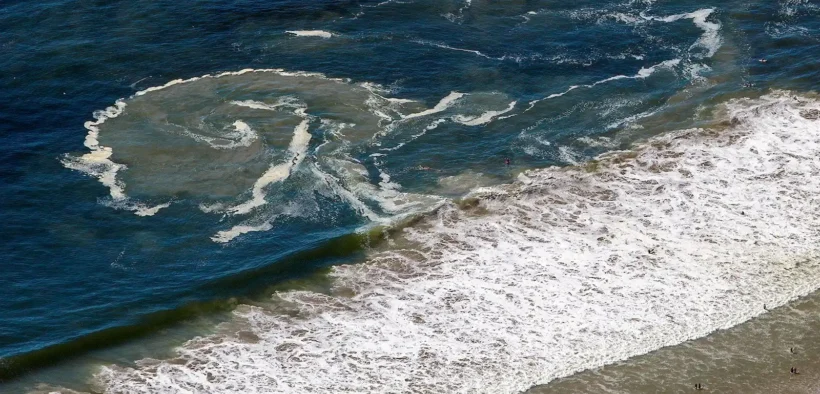After Malcolm-Jamal Warner’s Tragic Death, Here’s What You Should Know About Rip Currents
Share

The entertainment world is still reeling from the sudden and tragic death of actor Malcolm-Jamal Warner, best known for his role as Theo Huxtable on The Cosby Show. Warner, 54, drowned while swimming off the coast of Costa Rica on June 21 during a family vacation.
Officials say he was pulled out by a rip current, a powerful, fast-moving channel of water that can catch even experienced swimmers off guard.
As tributes continue to pour in, Warner’s passing has also prompted renewed concern over beach safety and ocean awareness. According to the National Oceanic and Atmospheric Administration (NOAA), rip currents are responsible for over 80% of surf beach rescues in the United States.
Here are five key things to know about rip currents and how you can stay safe in the water.
1. Rip Currents Are Stronger Than You Think
Rip currents are narrow, fast-moving channels of water that pull water and swimmers away from the shore. While they might look harmless, they can reach speeds up to eight feet per second, faster than even Olympic swimmers.
These currents don’t drag swimmers underwater, but they can quickly carry them far from the beach, leading to panic, exhaustion, and in tragic cases, drowning.
2. There Are Ways to Spot Them
One of the best defenses against rip currents is learning how to recognize them before you enter the water. According to the National Weather Service, rip currents often appear as:
- Darker, narrow channels of water between areas of breaking waves
- Gaps in the line of white surf
- Water that appears foamy or choppy
- Lines of seaweed or debris moving out to sea
It’s easier to spot rip currents from a higher vantage point like a sand dune, lifeguard tower, or elevated deck.
3. If You’re Caught in One, Don’t Panic
Panic is a natural reaction, but it can be deadly. Water safety experts emphasize the importance of staying calm. Panic leads to rapid breathing, poor decision-making, and fatigue.
Instead, try to float on your back and conserve energy. Signal for help by waving one arm while keeping your face above water. The goal is to stay afloat until help arrives or until you’re able to swim free of the current.
4. Don’t Swim Straight Back to Shore
Trying to fight a rip current by swimming directly against it is exhausting and rarely effective. The best course of action, according to the National Weather Service, is to swim parallel to the shoreline, not toward it.
Rip currents are generally narrow, so moving sideways out of the current is often the quickest escape route. Once you’re out, you can swim back to the beach safely at an angle.
5. Always Check Beach Conditions First
Before heading to the beach, it’s wise to check for rip current advisories or warnings. The National Weather Service provides up-to-date rip current forecasts for coastal regions across the U.S.
Once on the beach, look for safety flags posted by lifeguards. A red flag typically signals dangerous conditions, including strong rip currents. When in doubt, speak to a lifeguard before entering the water.






















